Ordering Number: 21677
Katana: In Shirasaya with Koshirae (NBTHK Tokubetsu Hozon Token)
Signature: Mumei (Ko-Mihara, 古三原)
We divide 4 sections for each sword as Saijyo Saku, Jyojyo Saku, Jyo Saku, and Regular Saku.
This sword is ranked as Jyojyo Saku for works attributed to Mumei (Ko-Mihara).
Habaki: Double-layered, gold-covered.
Blade Length: 70.9 cm (27.91 in)
Curvature: 1.7 cm (0.67 in)
Mekugi Hole: 4 (1 filled)
Width at Base: 3.03 cm (1.19 in)
Width at Tip: 2.04 cm (0.80 in)
Thickness: 0.61 cm (0.24 in)
Sword Weight: 710 g (1.57 lbs)
Era: the Nanbokucho period
Shape: wide and thick O-suriage Mumei blade with deep curvature and long kissaki.
Jigane: Ko-itame hada with Utsuri.
Hamon: Ko-niedeki suguha with doubled-hamon and Ko-ashi.
Features: Mihara was the swordsmith school in Bingo, and among them, those from the late Kamakura period to the Nanbokucho period are classified as Ko(old)-Mihara. The Mihara's style was influenced by the Tamato style because there were many manors of shrines and temples in Nara in this area. Compared to the Yamato swords, the Mihara style has a lighter Nie, more Utsuri, thinner Hamon, and more moderate Boshi.
Koshirae:
Tsuba: Round-shaped iron tsuba with carving of Shishi-dog
Fuchikashira: Shakudo, a picture of a crane and clouds.
Menuki: carving of mouse
From Aoi-Art:
This work is a good example of Ko-Mihara's characteristics with a stout shape. Please enjoy the charm of old swords.
NBTHK Tokubetsu Hozon Paper
Aoi Art estimation paper
Whole Oshigata
Price:980,000JPY
Order Form
Related Items:
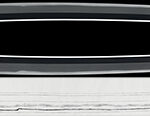 Katana: Mumei (Mihara Masanobu, late Nanbokucho)(NBTHK Tokubetsu Hozon Token)
Katana: Mumei (Mihara Masanobu, late Nanbokucho)(NBTHK Tokubetsu Hozon Token)
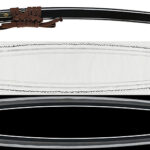 Katana:Mumei (attributed to Yoshimitsu)(50th NBTHK Juyo Token)
Katana:Mumei (attributed to Yoshimitsu)(50th NBTHK Juyo Token)
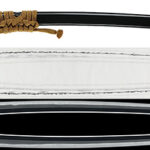 Katana:Mumei (Aoe)(44th NBTHK Juyo Token)
Katana:Mumei (Aoe)(44th NBTHK Juyo Token)
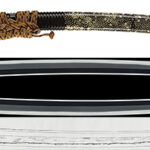 Katana:Mumei (Den Aoe) (NBTHK Tokubetsu Hozon Token)
Katana:Mumei (Den Aoe) (NBTHK Tokubetsu Hozon Token)
 Katana:Mumei (Unsigned) [Attributed to Enju] (19th NBTHK Juyo Token)
Katana:Mumei (Unsigned) [Attributed to Enju] (19th NBTHK Juyo Token)
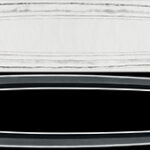 Katana:Signature: Mumei (attributed to Den Cho Aritoshi)(25th NBTHK Juyo Token)
Katana:Signature: Mumei (attributed to Den Cho Aritoshi)(25th NBTHK Juyo Token)







